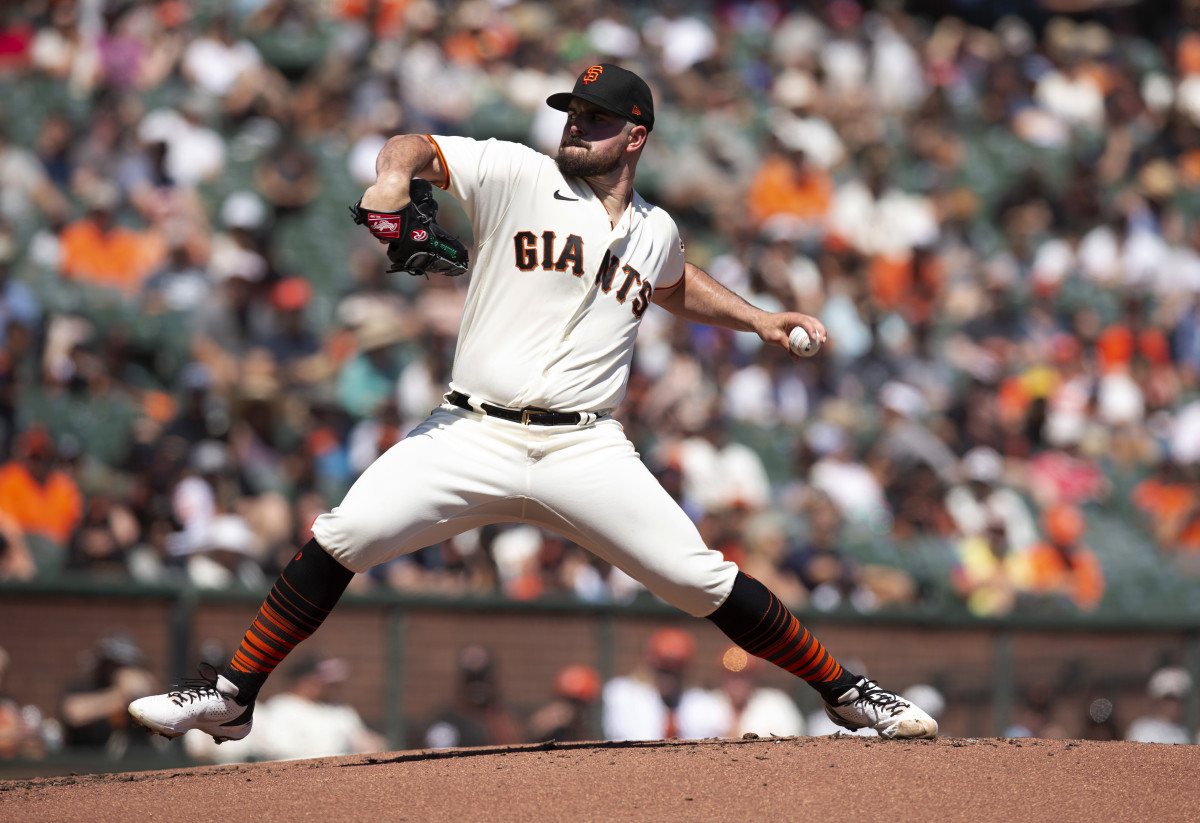Making Sense of a Surprisingly Frenetic MLB Free Agency
It’s halfway through December. Do you know where your free agents are?
For many of them, in recent winters, the answer has been “still on the market.” It’s become somewhat normal for big-ticket signings to require waiting until January or February (or even March). But something has been different this year: Free agency has been moving at a notably faster clip.
The Yankees’ reported deal with Carlos Rodón on Thursday represented a contract for the best pitcher remaining on the market. With Rodón now off the board, 13 of the best 15 players ranked on Sports Illustrated’s initial list of top 50 free agents have signed. (The only two left are shortstop Dansby Swanson and outfielder Andrew Benintendi.) This means that for any teams still in search of talent, there are remarkably few options left to sign, and upcoming impact moves will likely have to come via trade instead of free agency. This wouldn’t have been anything unusual for this point of the year once upon a time. But after what the game has seen the last few winters? It’s a dramatic change of pace.

Here's how the movement of top signings this offseason stacks up to winters past. Last year, of course, was interrupted by the lockout, which froze all transactions for three and a half months. But teams saw it coming and got busy in November … which translated into nine of the top 15 free agents signing by December, good for a relatively brisk pace, but still not comparable to this year. And the winter before was a whole different ballgame: Only one of the top 15 free agents had signed by this time in 2020. “January is the new December,” Cardinals president of baseball operations John Mozeliak told reporters at one point that winter. All out of transactions to analyze, I instead asked a psychologist who specializes in the study of waiting why it felt so difficult to sit around anticipating baseball news that just wouldn’t come. The market would continue dragging into the new year: Just three of the top 15 had signed by Jan. 15. That offseason was a clear outlier. But the comparatively quick preceding winters don’t measure up with this year, either. Even in ’19—when top free agents Gerrit Cole, Stephen Strasburg and Anthony Rendon signed back-to-back-to-back at winter meetings—just 10 of the top 15 had signed by this point in December. And the year before, following the ’18 season, was another fairly slow one. Top free agents Bryce Harper and Manny Machado didn’t sign until after spring training had already started: Only five of the top 15 free agents had signed by mid-December.
In other words? No, you’re not imagining things. This year really is moving far more quickly than any offseason baseball has seen in recent memory. It’s been quite some time since 13 of the top 15 players were off the market this early.
Of course, it’s hard to make direct comparisons, as there were some unusual circumstances shaping the market in the last two winters. In 2021–’22, there was the lockout, and in ’20–’21, there was the lingering uncertainty of the pandemic. But this year still looks striking: It’s been faster even than the most recent winters outside of those conditions. So what’s been driving the change?
Some of it is likely just natural variation: There are some groups of free agents that just tend to prompt quicker movement than others. It helps when the class is led by a cluster of elite talent at the same position. (When Trea Turner came off the board, it only made sense that deals would follow rather quickly for Xander Bogaerts and Carlos Correa, as teams saw how the shortstop market was shaping up and felt motivated to jump into action.) But there are other factors, too. The new collective bargaining agreement provides some clarity on the financial structure of the game that had been up in the air in prior years. A few owners who are clearly interested in trying to win this year, regardless of the price tag, can spur increased competition both among themselves and in the rest of the game, too. (Think Steve Cohen of the Mets, John Middleton of the Phillies and Peter Seidler of the Padres.) The structure of many of these big deals has also been interesting. There are more teams willing to commit to long-term deals—10 years or more—as a way to keep the average annual value of the contract down and preserve some flexibility down the line.
Broadly speaking, all this quick movement seems good for the game. A healthy pace for the free-agent market allows for winter discussion to focus on lineups and predictions for next year—instead of questions about owners and finances. It might signal a more active trade market as we get closer to spring training, too, which provides its own form of excitement. And for those in search of holiday gifts—this year, there’s actually time for you to go ahead and buy those fresh jerseys.
